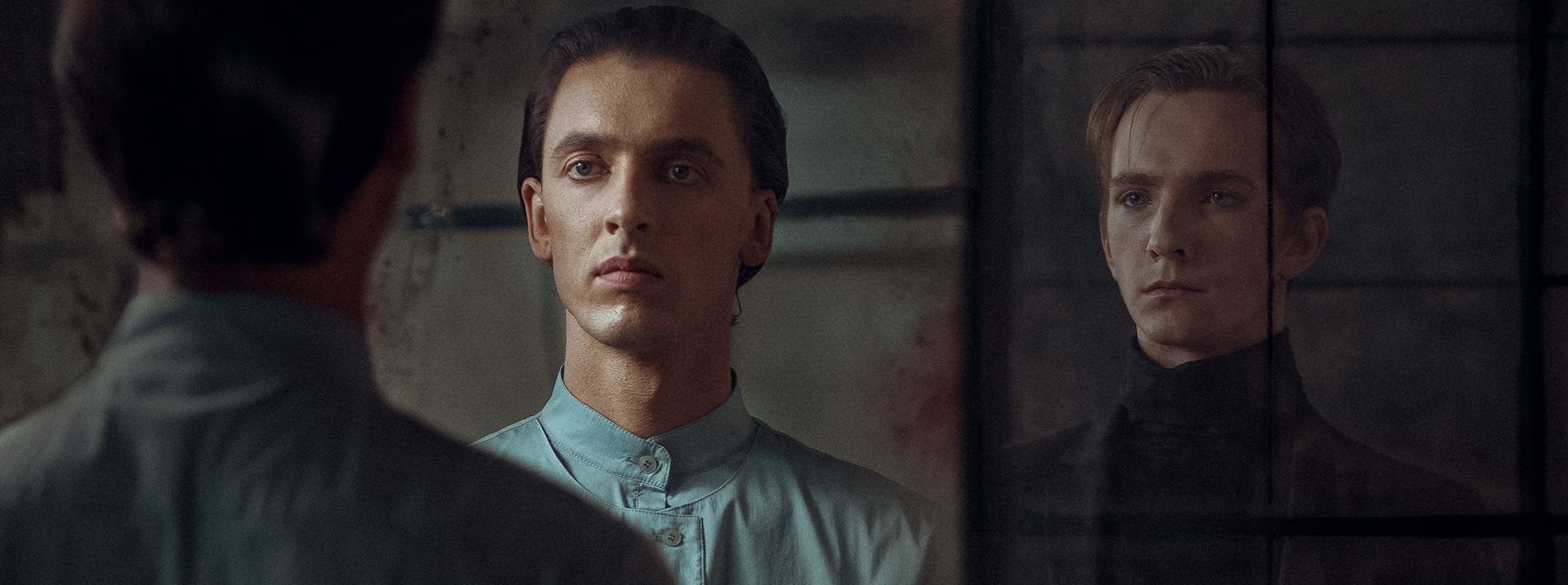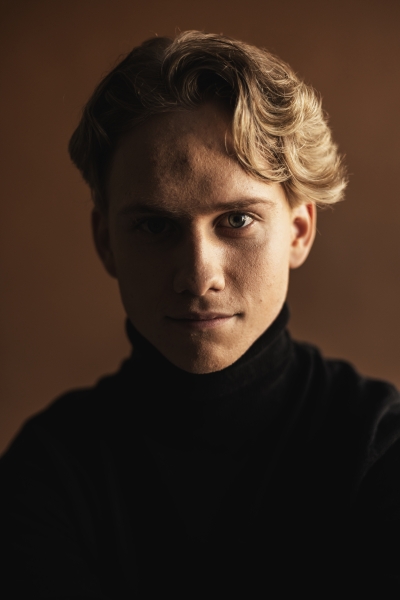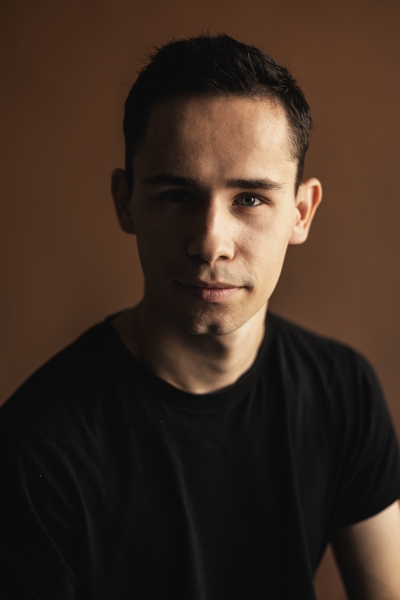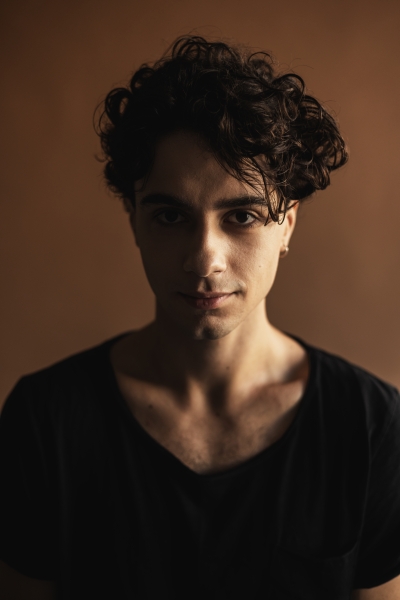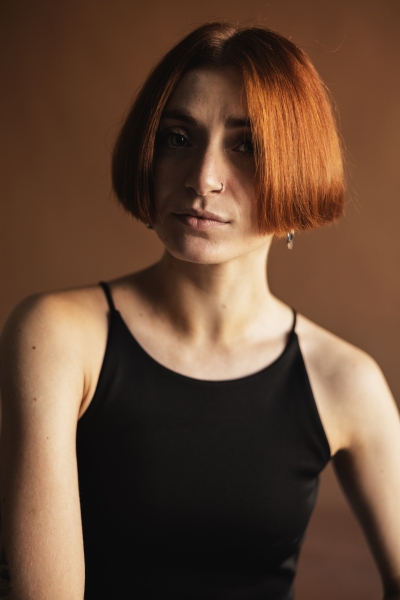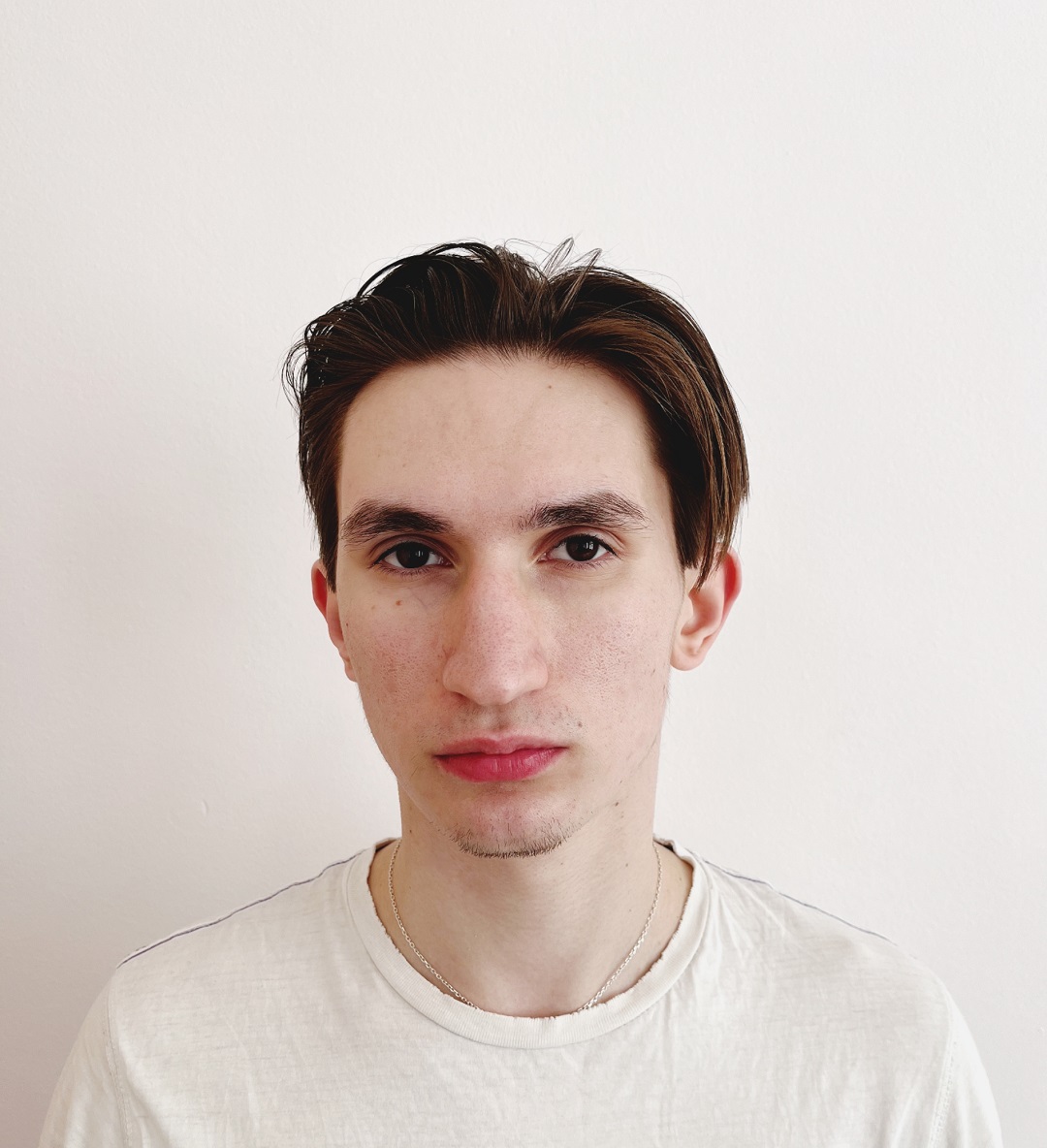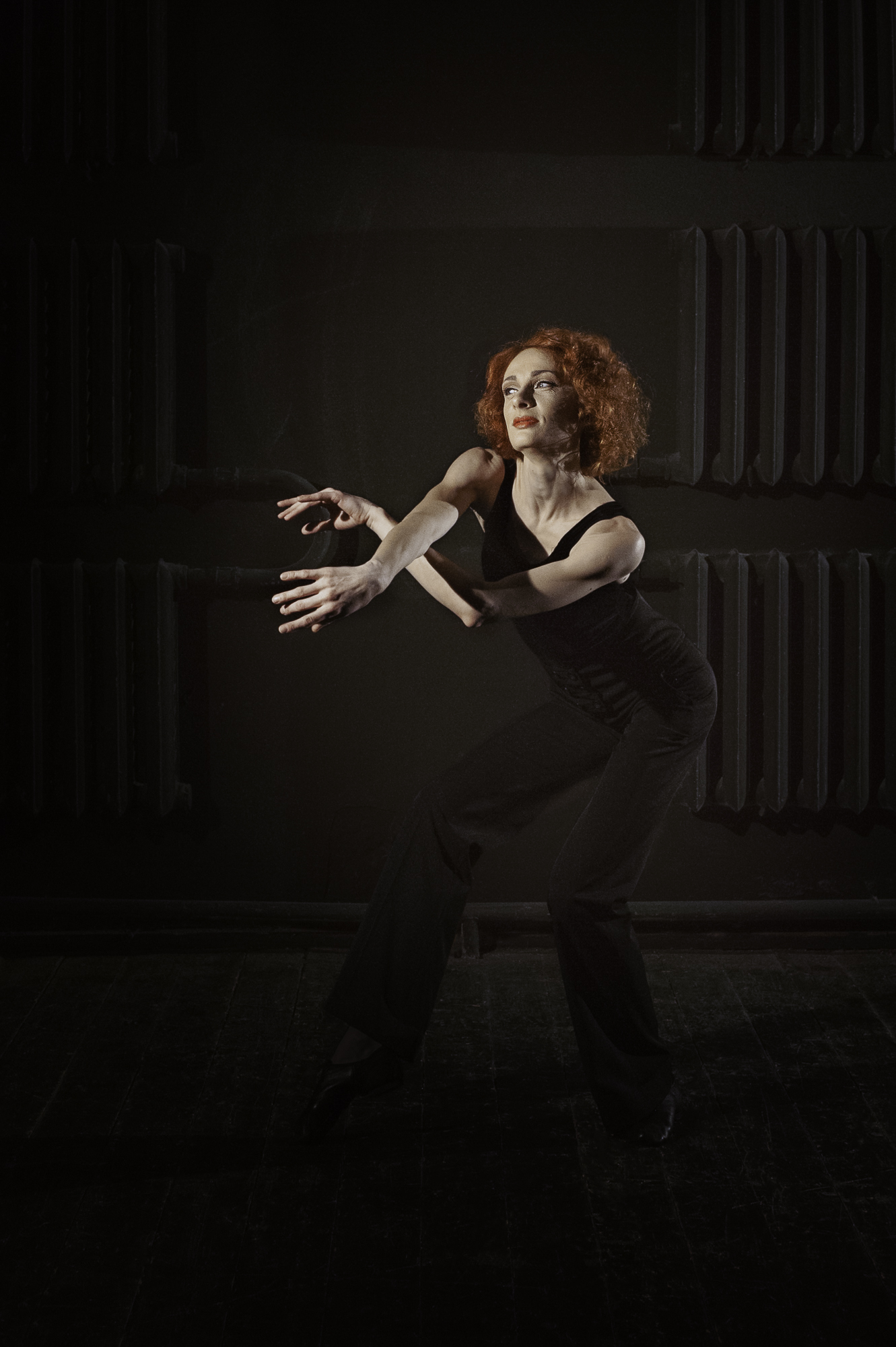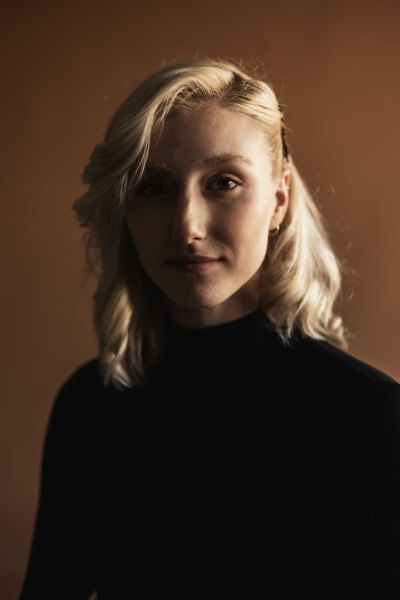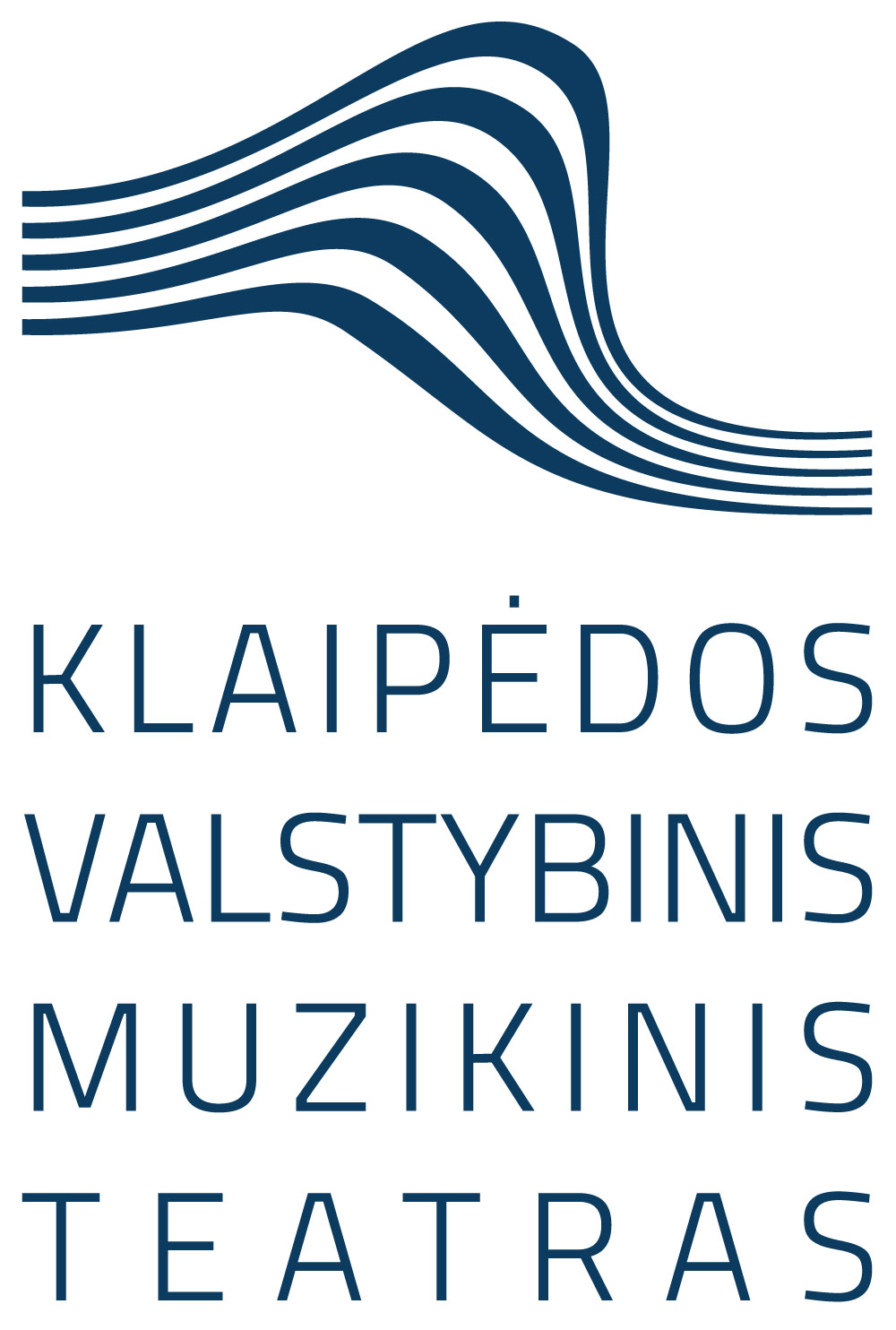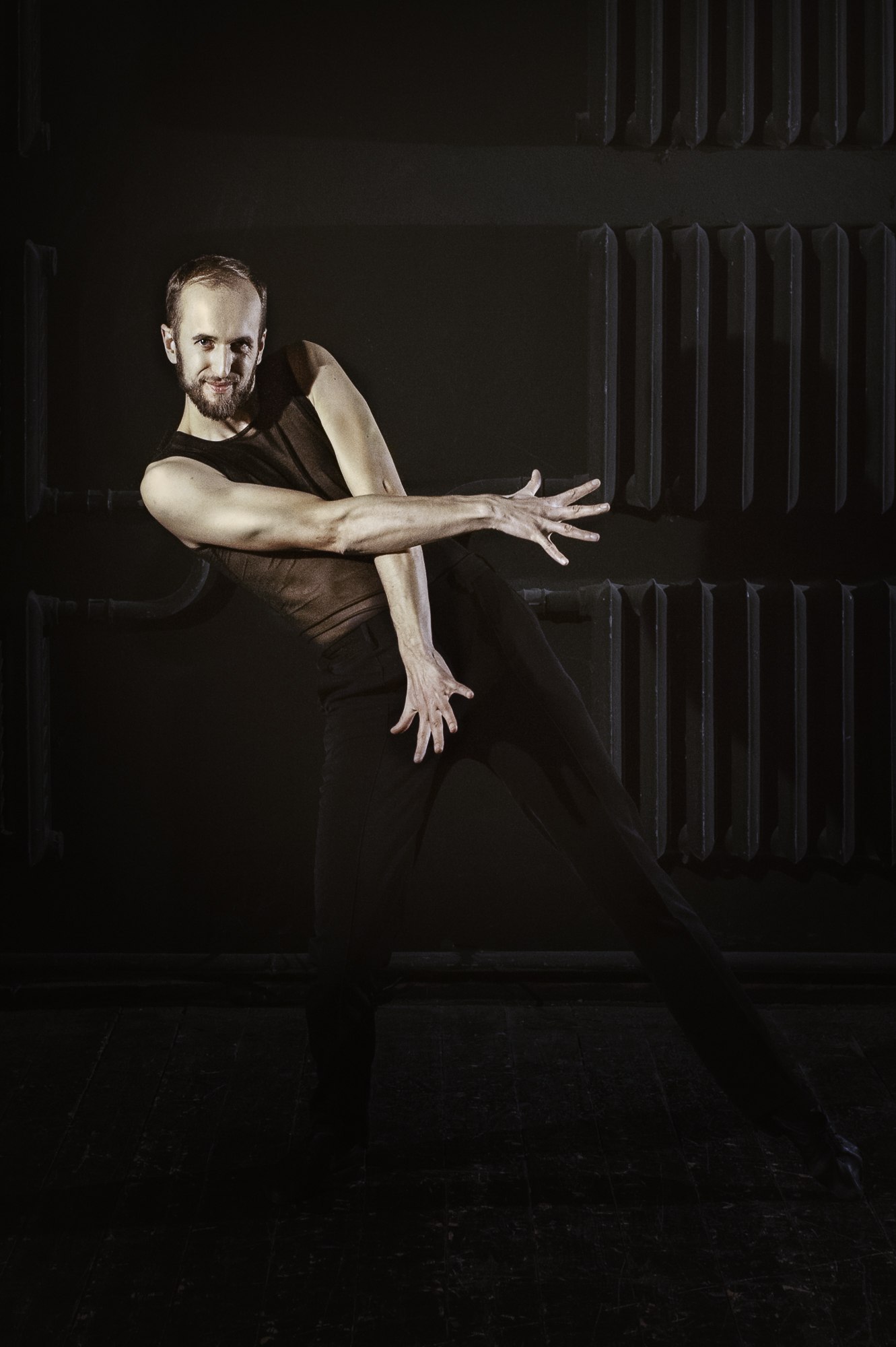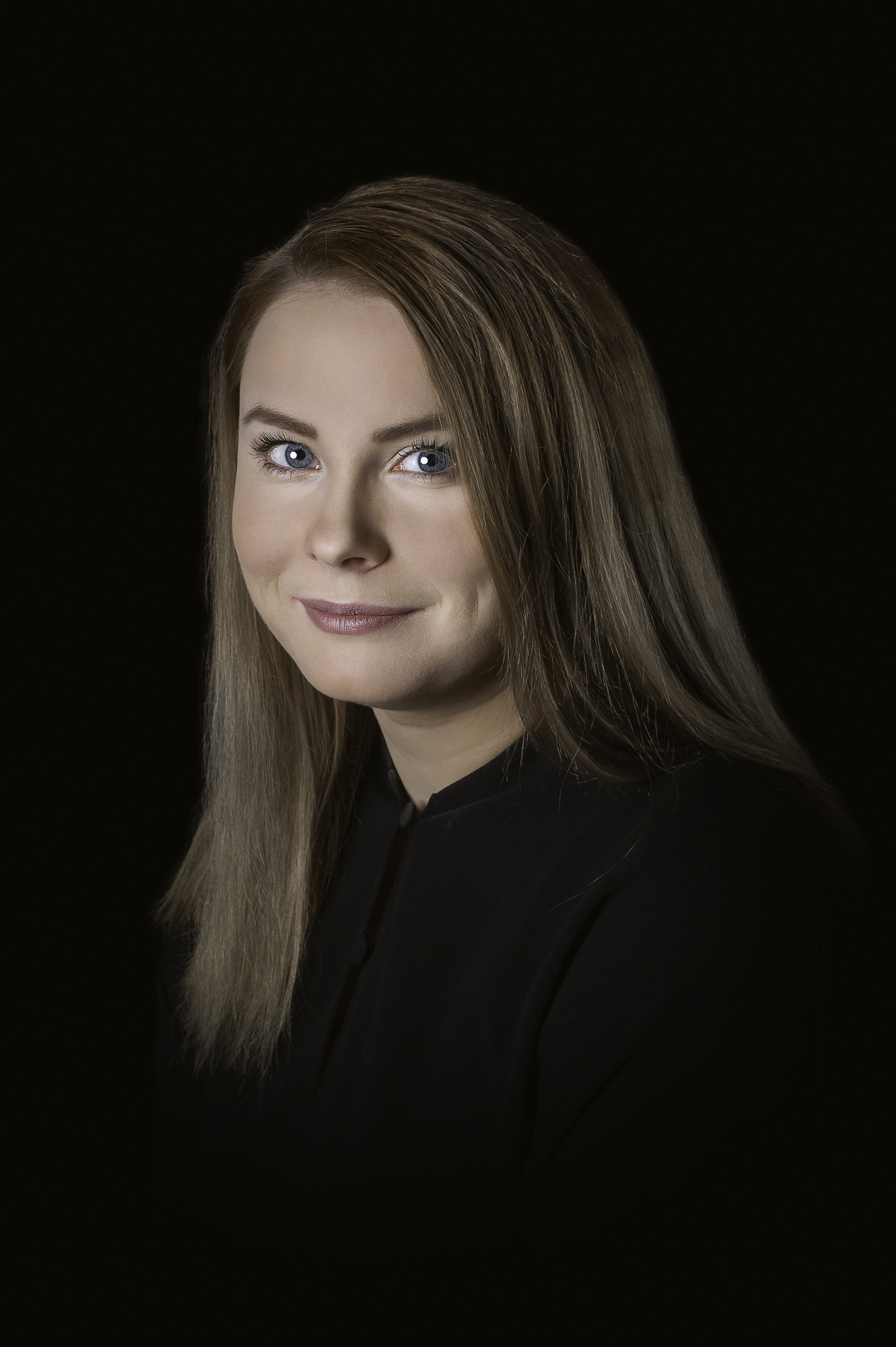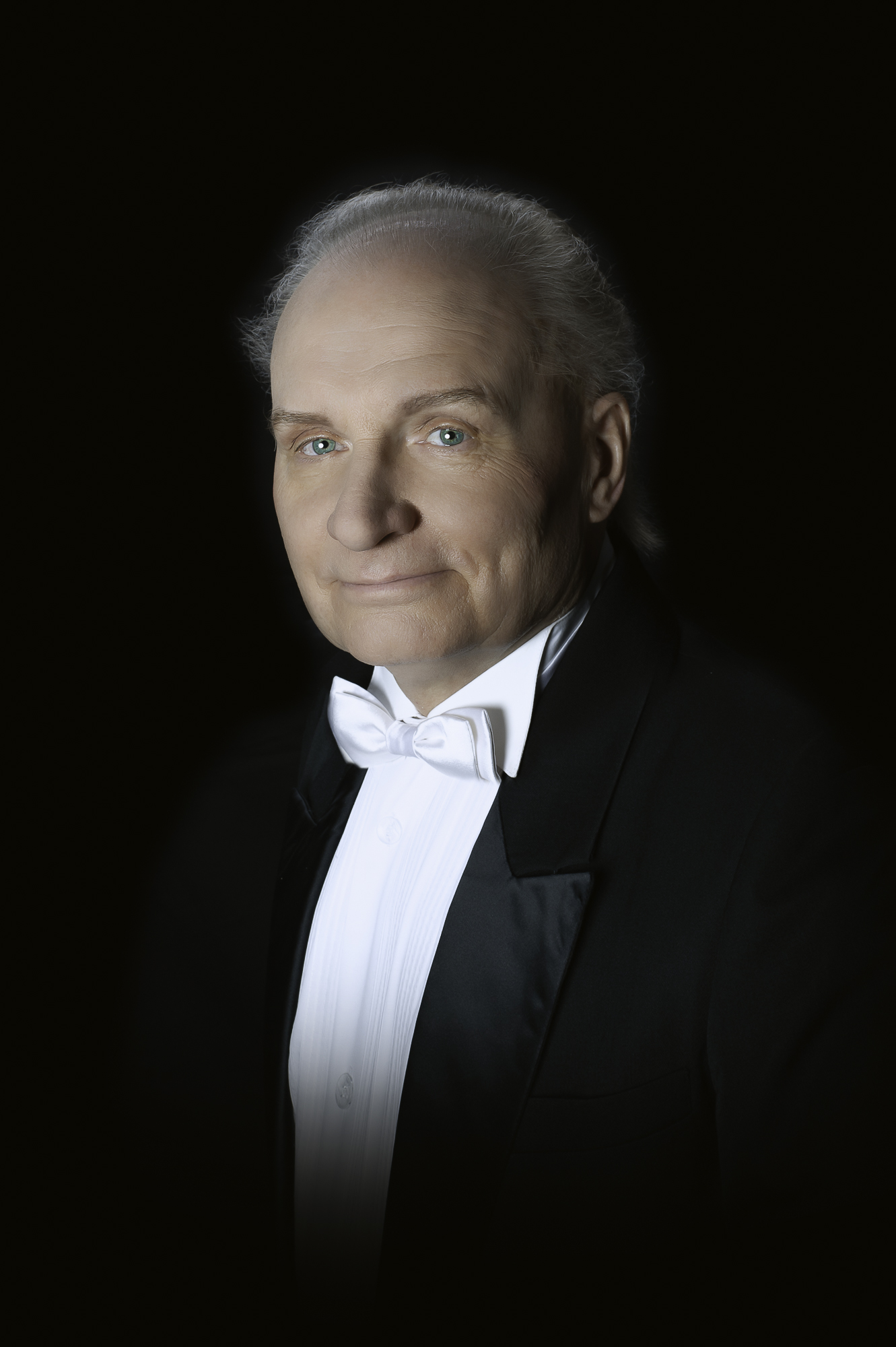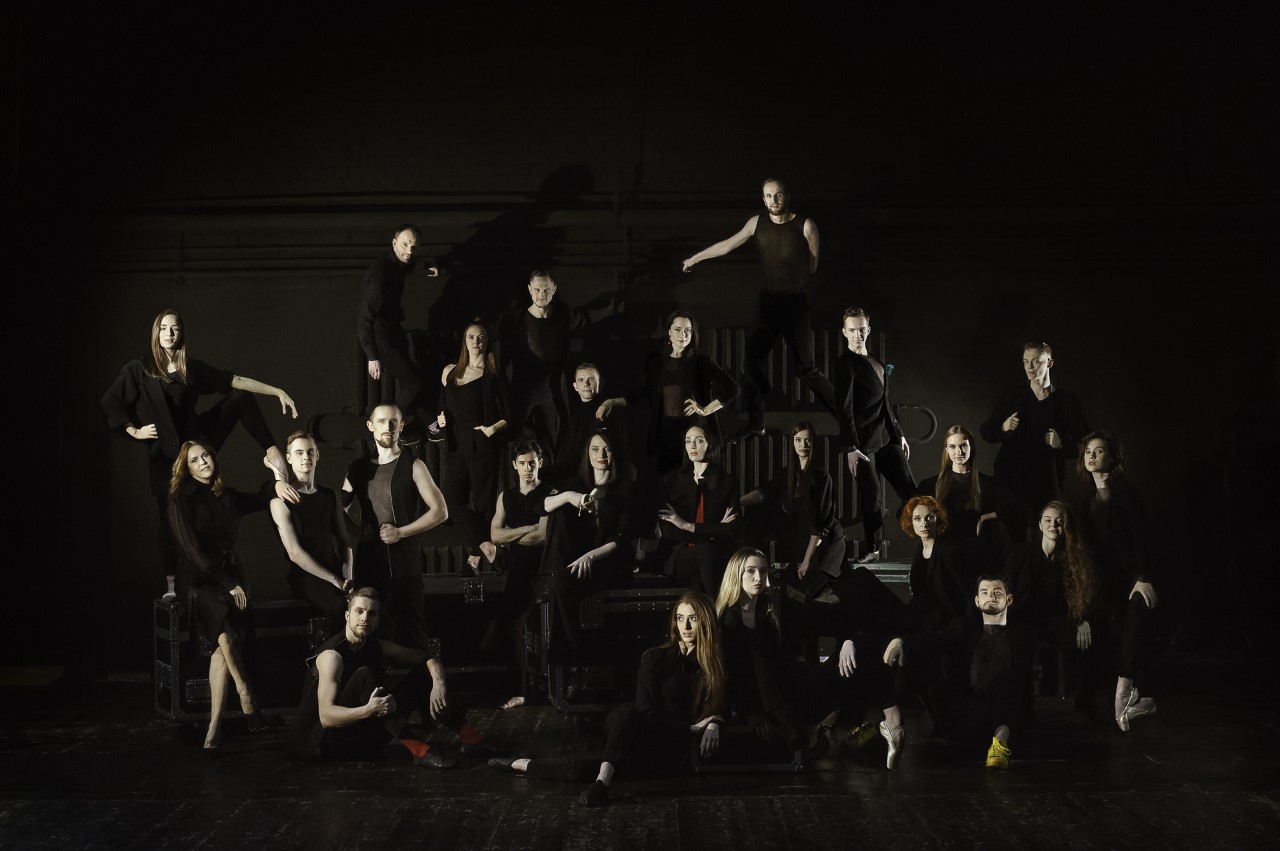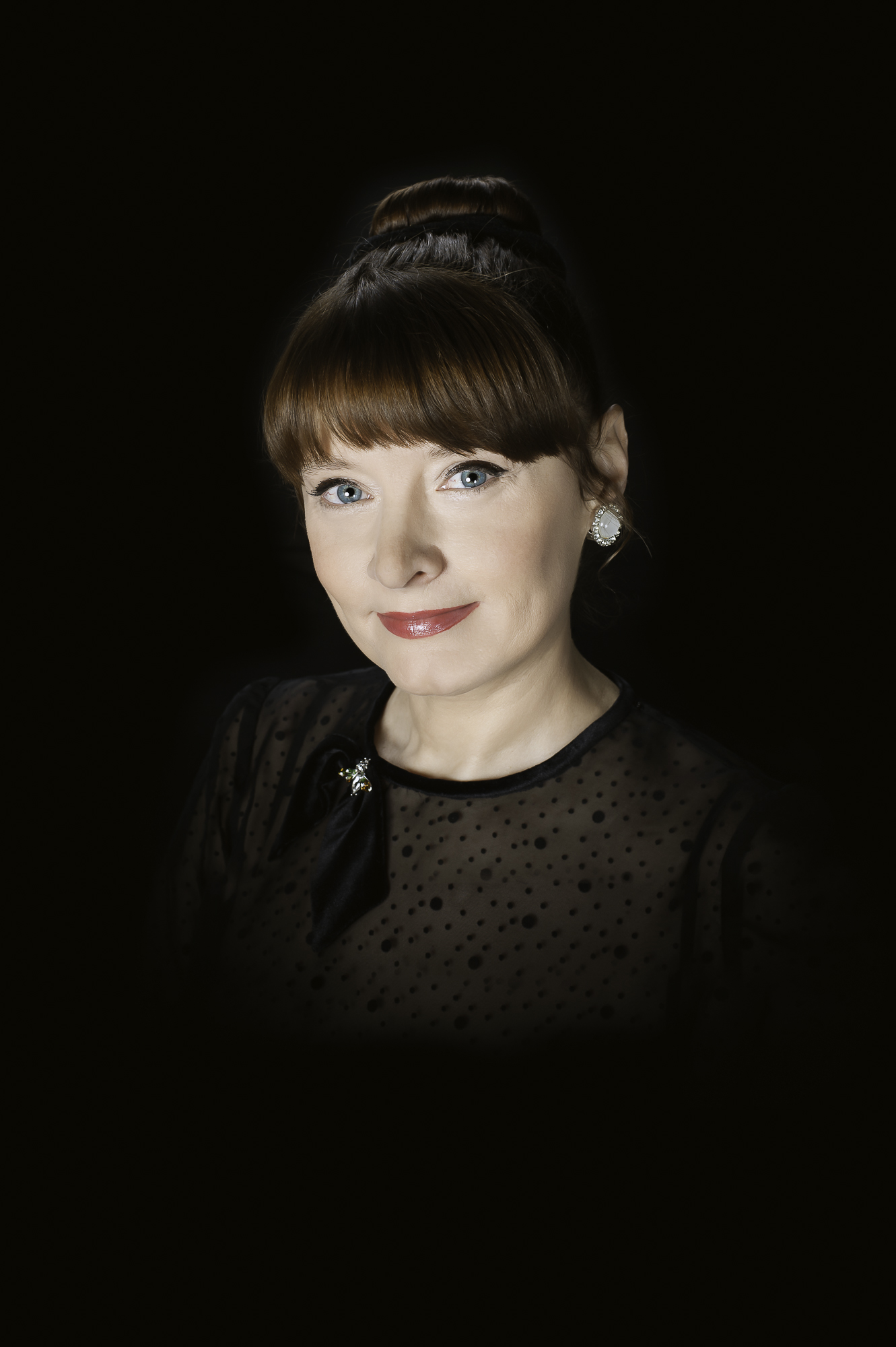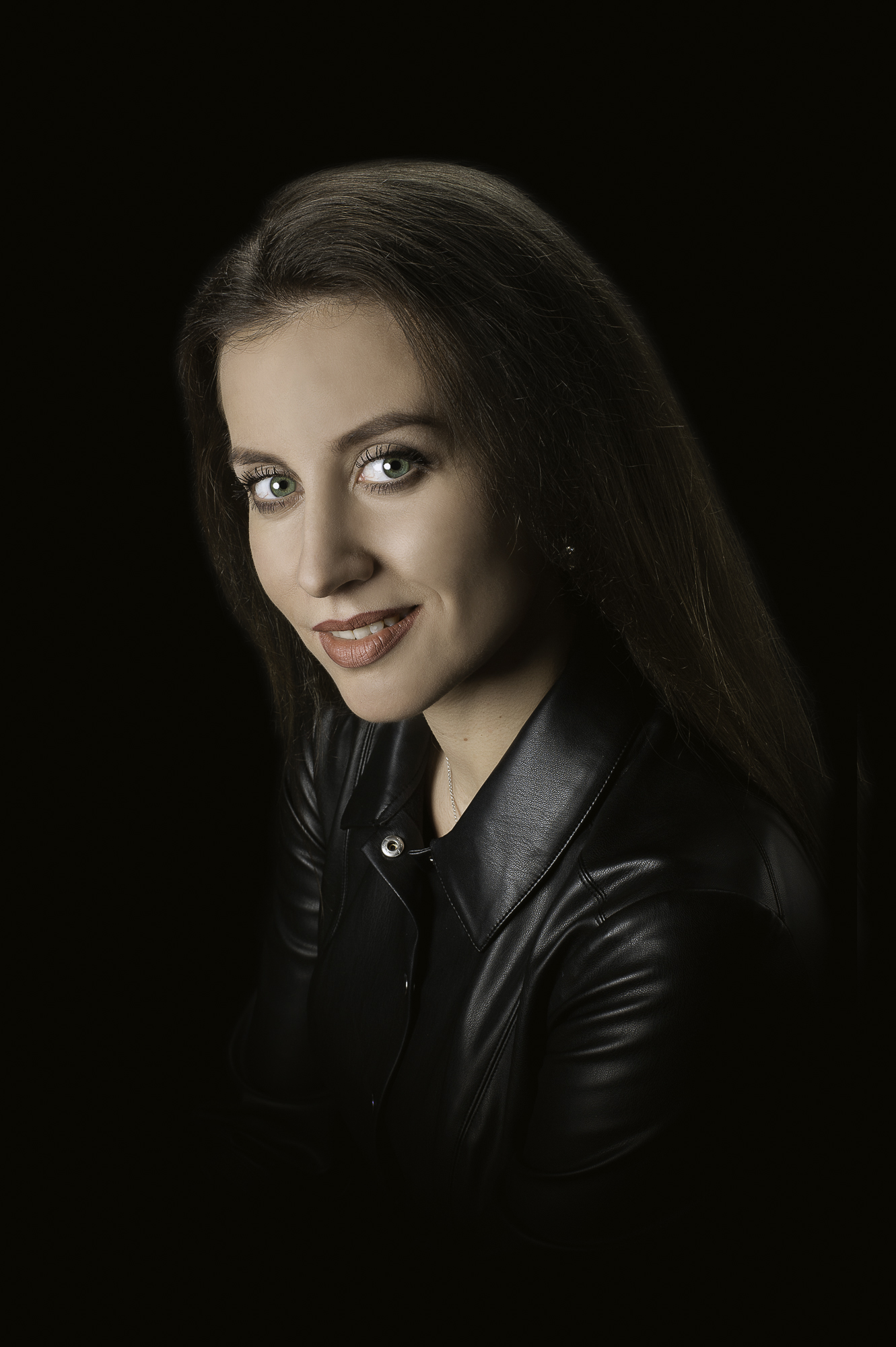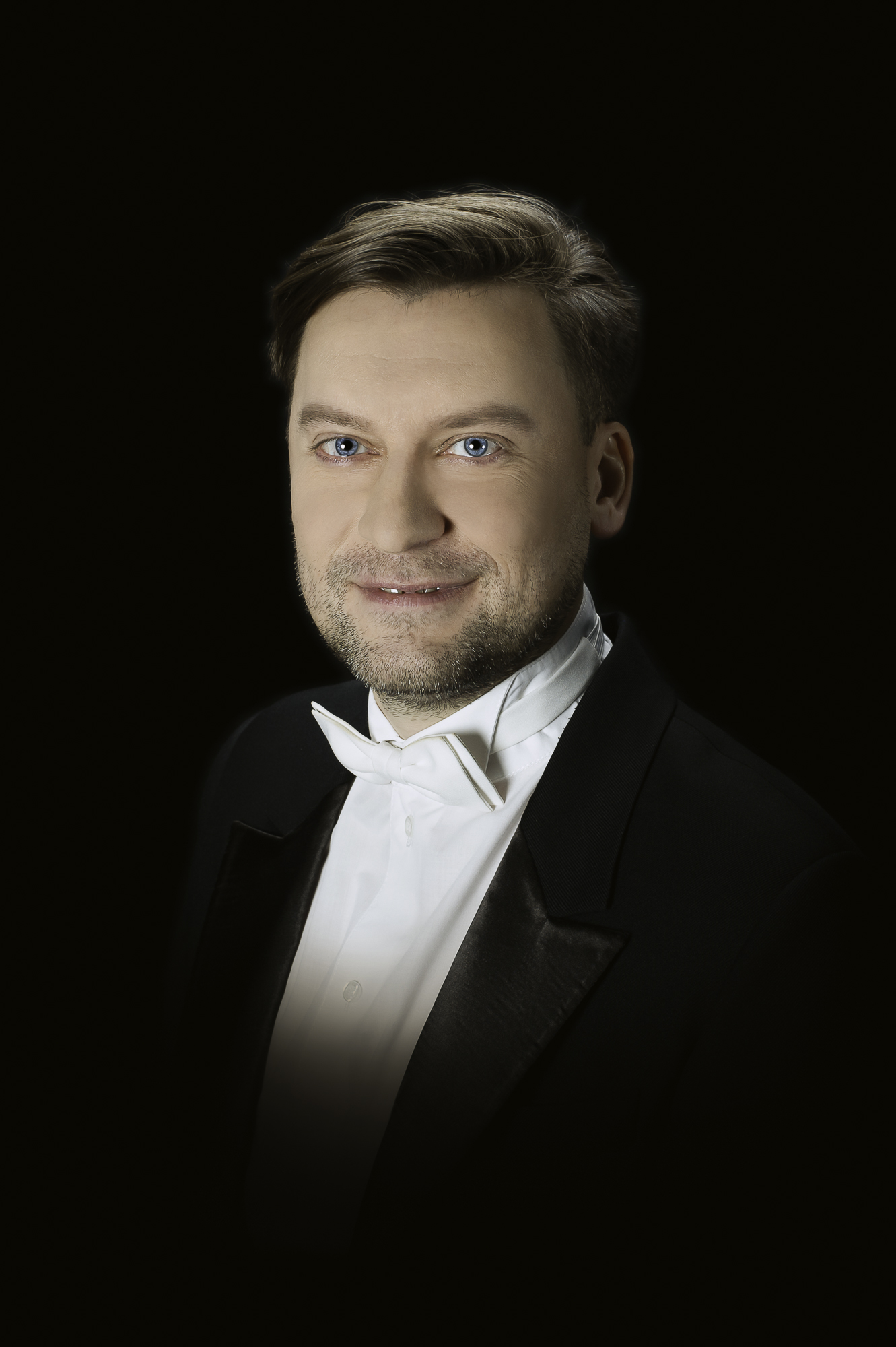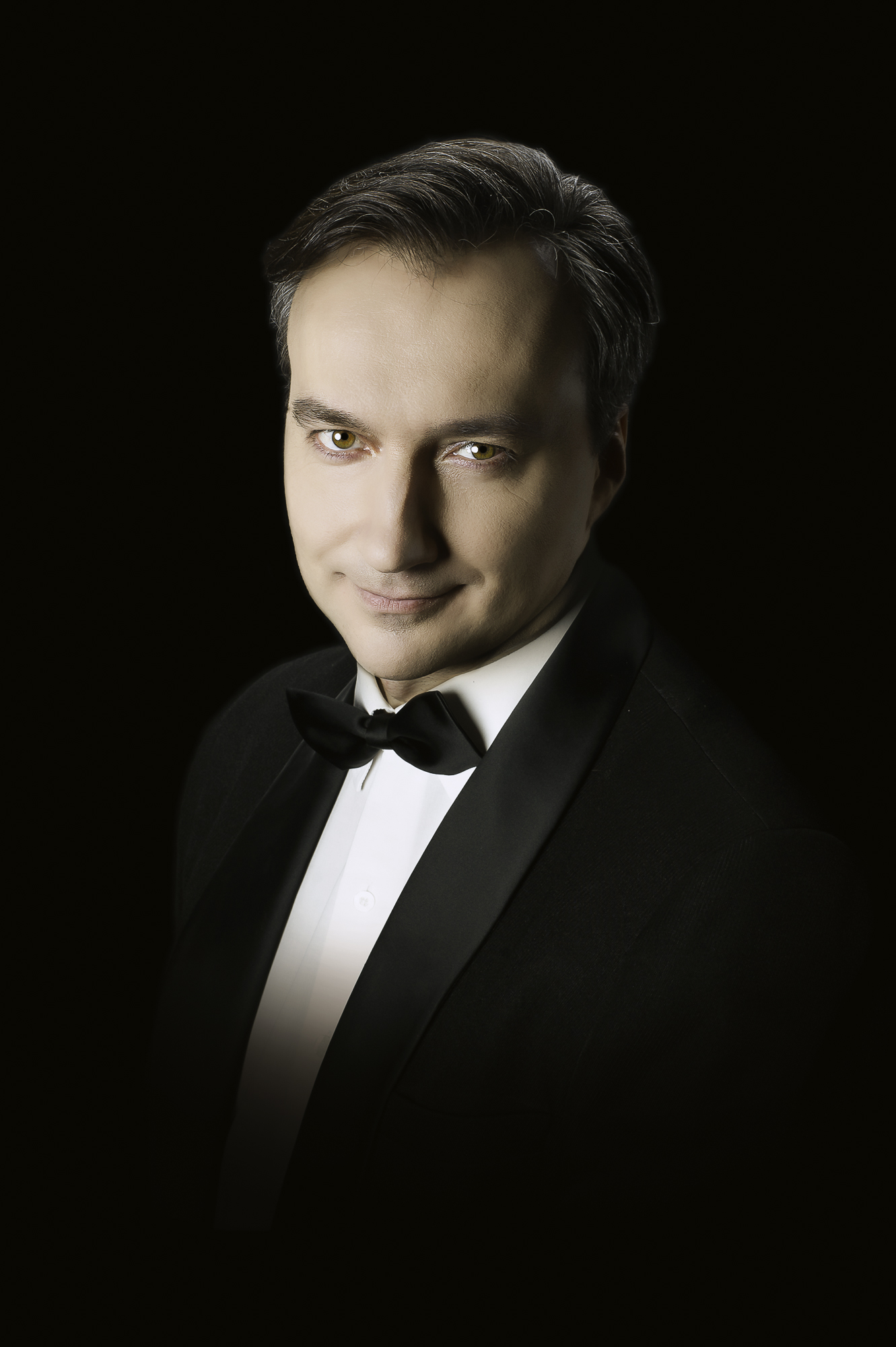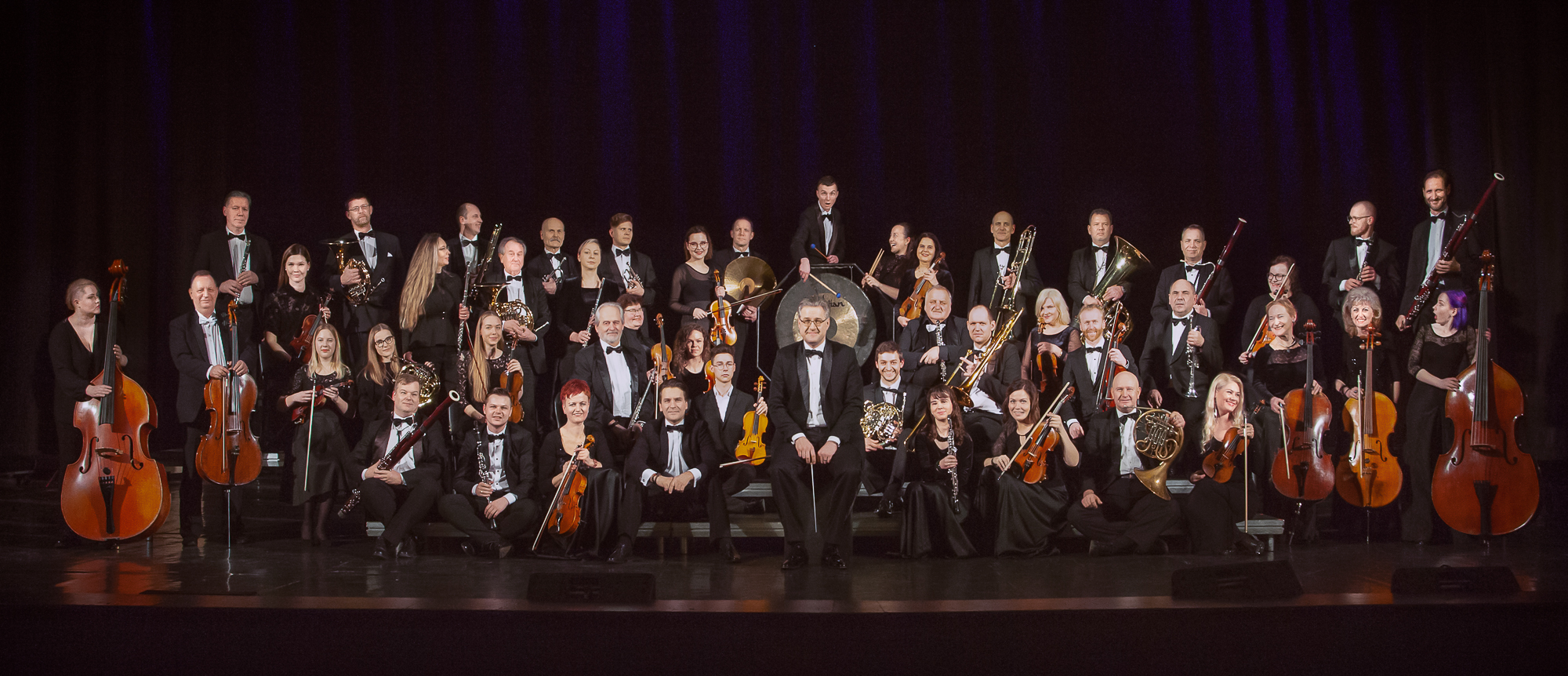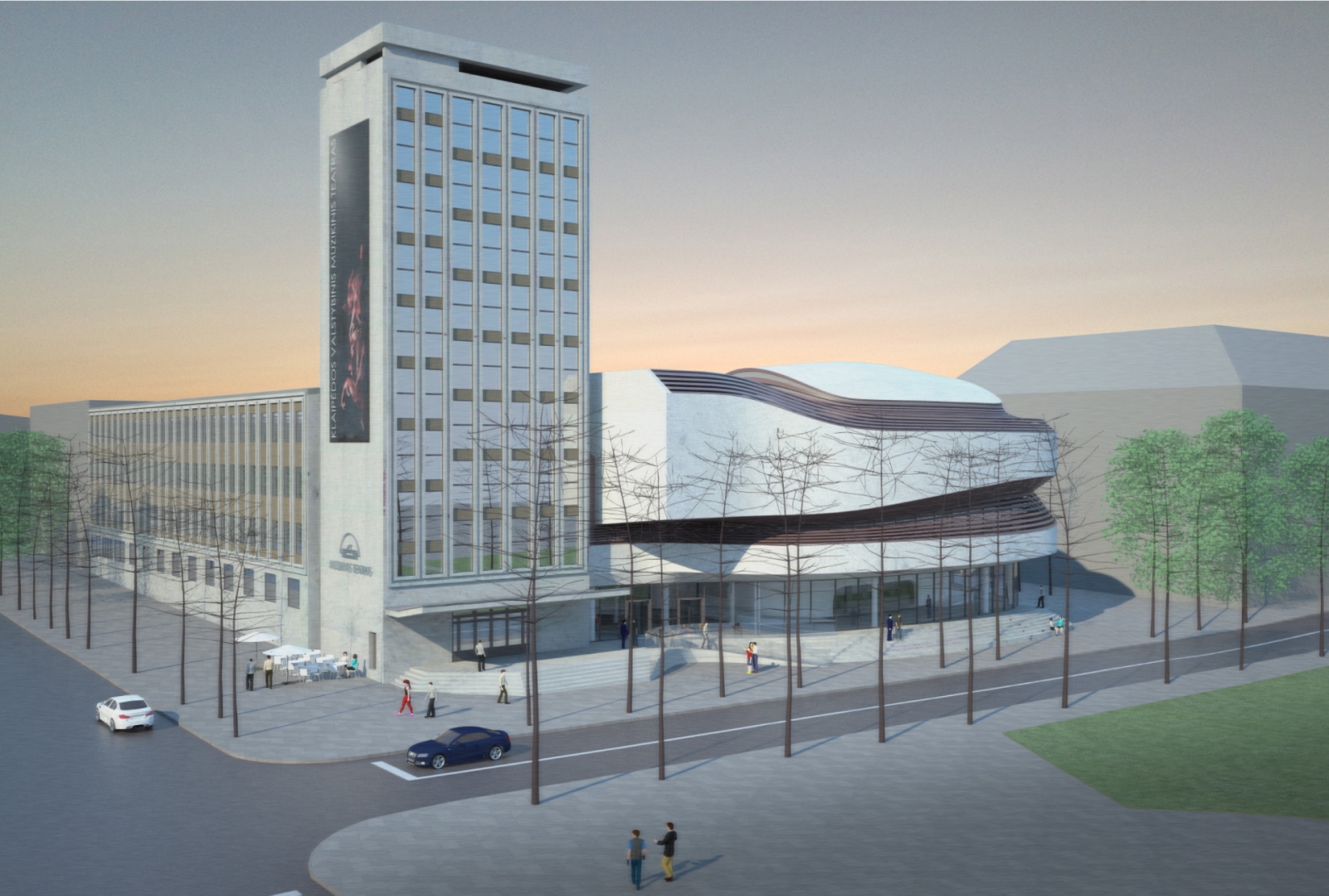A dance performance in 2 acts
after Johann Wolfgang von Goethe's eponymous drama in two parts (1797–1806, 1824–1831)
Performed to the music by Wolfgang Amadeus Mozart, Fryderyk Chopin, and Arvo Pärt
The production of this dance performance, which unfortunately coincided with the outbreak of COVID-19 pandemic and repeated lockdowns during the year 2020, was conceived as one of the anniversary projects marking 200 years of musical theatre in Klaipėda. The first premiere was shown in an empty hall and was televised to the audiences in November 2020, while the second premiere was shown live after the quarantine was lifted in May 2021.
The legendary character based on the historical Johann Georg Faust (c. 1480–1540), a German itinerant alchemist, astrologer and necromancer, scholar and magician, who made a pact with the Devil exchanging his soul for unlimited knowledge and worldly pleasures, has been a source of inspiration for many literary, artistic, musical and cinematic works that have reinterpreted it through the ages. “Faust” and adjective “Faustian” imply a restless person sacrificing spiritual values in his or her quest for the true essence of life, power, knowledge, and material gain. In the 16th-century chapbooks, such as Historia von D. Johann Fausten first published in 1587, Faust is irrevocably damned because he prefers human knowledge over divine knowledge.
The Faust story became a popular literary subject at the time of William Shakespeare. It was popularized in England by Shakespeare’s coeval playwright Christopher Marlowe who gave it a classic treatment in his play The Tragical History of Doctor Faustus (c. 1587) based on the German Faust-Buch. Two centuries later Marlowe’s Doctor Faustus was studied by Johann Wolfgang von Goethe, whose reworking of the story, which took him over sixty years to compose and refine, ensued in a tragic play in two parts (1797–1806, 1824–1831) written in rhymed verse. The final version, published after his death in 1832, is recognized as his opus magnum and one of the greatest works in German literature. Incidentally, it was written during the period when the German town theatre (Stadttheater Memel) was founded and became established in Klaipėda (then the East Prussian city of Memel) at the turn of the 18th–19th centuries.
Goethe's Faust complicates the simple Christian moral of the original legend by weaving together many different thematic threads into an epic ‘closet drama’, which mainly concerns the fate of Faust in his quest for the true essence of life. The drama’s verbally and visually lavish text gathers together references from Western European history, philosophy, and literature, which span the period from the Classical Antiquity to the Age of Enlightenment and the Sturm und Drang movement in German art of the late 18th-century.
This classic story of Faust was reinterpreted in Klaipėda by Polish choreographer Robert Bondara. It was his second production in Lithuania, after the premiere of ballet Čiurlionis by Giedrius Kuprevičius, which was put on at the Lithuanian National Opera and Ballet Theatre in May 2013. For his first collaboration with the KSMT Ballet Company, which unfortunately coincided with the outbreak of COVID-19 pandemic and repeated lockdowns during the year 2020, Bondara started developing his choreography from a very simple notion that “the desire to fathom the secrets of life and universe is in the nature of all human beings.” Although in this dance performance he follows closely the story of Faust as it is told in the first part of Goethe’s drama and gleans certain key moments from the second, he stresses that his concept has nothing to do with the costume or period drama: “we speak about the present time and highlight the aspects of Goethe’s work, which make it a timeless classic. The performance is visually punctuated by video projections, in which events from various historical periods are seen from a 20th-century perspective. Our story concerns happiness regained, fulfilment achieved, and meaning of life found through the constant quest.” In working out the theatrical setting for this drama, Bondara was aided by the team of young and daring Polish artists, including set and costume designer Martyna Kander, video artist Jagoda Chalcińska and lighting designer Karolina Gębska.
Musical works accompanying the performance were selected by the production’s music director Modestas Barkauskas in close dialogue with the choreographer. “Our goal was not so much to retell or illustrate the action but rather to capture a certain feeling or emotion,” he said. “To highlight the unsettling thoughts and emotions of Faust we used works by Arvo Pärt, while the excerpts from Mozart’s masterpieces appeared most suitable to characterize Margarete. Frédéric Chopin is the third composer whose works we use in this performance. These not only include his original works for piano but also arrangements for orchestra or a jazz combo that plays in the wine cellar while Faust and Mephisto make a wager…” The performance’s soundtrack combines both pre-recorded tracks and live music, which calls for additional forces of opera soloists, choir, and orchestra.
